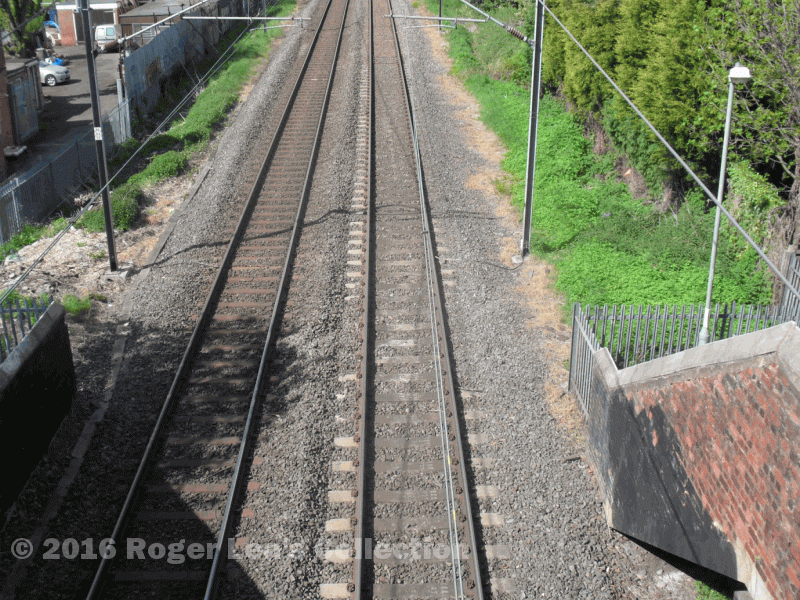From time to time, in the seventeenth and eighteenth centuries, a landowner would be allowed to take in some common land and convert it to agriculture. This was done at the south end of Green Lanes, then a remote part of Sutton, when twenty-five acres were taken from the vast Coldfield Common. The Corn Rent map of 1824 marks this land, and the schedule names it as “Duncomb’s Close”, so it seems likely that Joseph Duncomb was responsible. Duncomb lived in style at Moat House, where he kept a pack of fox-hounds; he was the autocratic Warden of Sutton in 1760 and 1761, and quite capable of giving himself permission to help himself to twenty-five acres of poor-quality land.
The 1824 schedule shows that F.B.Hackett of Moor Hall had become the owner, an additional nine acres had been purchased, and a farmhouse built. The farmer of these 34 acres was William Sheffield. Another 26 acres were added to the farm in the next few years as the Enclosure of the Commons progressed. The Sutton Coldfield Enclosure Act of 1824 gave the Enclosure Commissioner power to agree exchanges between landowners, and Hackett decided to give up Sheffield’s Farm to the Warden and Society in exchange for an equivalent acreage on High Heath, nearer to his Moor Hall Estate.
The farm appears to have flourished - the 1851 census gives William Sheffield, aged 69, farmer of sixty acres employing three farm workers. There had been nine family members living there in 1841, but only four were left in 1851 - William, his wife Hannah, his son Thomas and grand-daughter Emma. Soon afterwards William died, and Thomas took over the farm. He married (another Hannah), and by 1856 four children were born. But then the good days came to an end; Thomas died, and the farm faced demolition.
The Warden and Society were not too concerned when plans for the Sutton Coldfield Branch of the London and North-Western Railway showed the line cutting Sheffield’s Farm in half and passing through the farmhouse, as they would be handsomely compensated by the railway company. The farm was no longer in a remote area, as houses had been built along Chester Road, and the railway would create a demand for housing for commuters, raising the value of the land as potential building sites.
The farm was demolished and the railway built, opening in 1862. Access to the farmland from Green Lanes was provided by a level crossing where the farm once stood. As for the occupants of the farm, Mrs. Sheffield moved to a house in Birmingham Road with her four children, earning a living as a laundress, while Emma joined the household of Thomas Chavasse at Wylde Green House as a parlourmaid.
